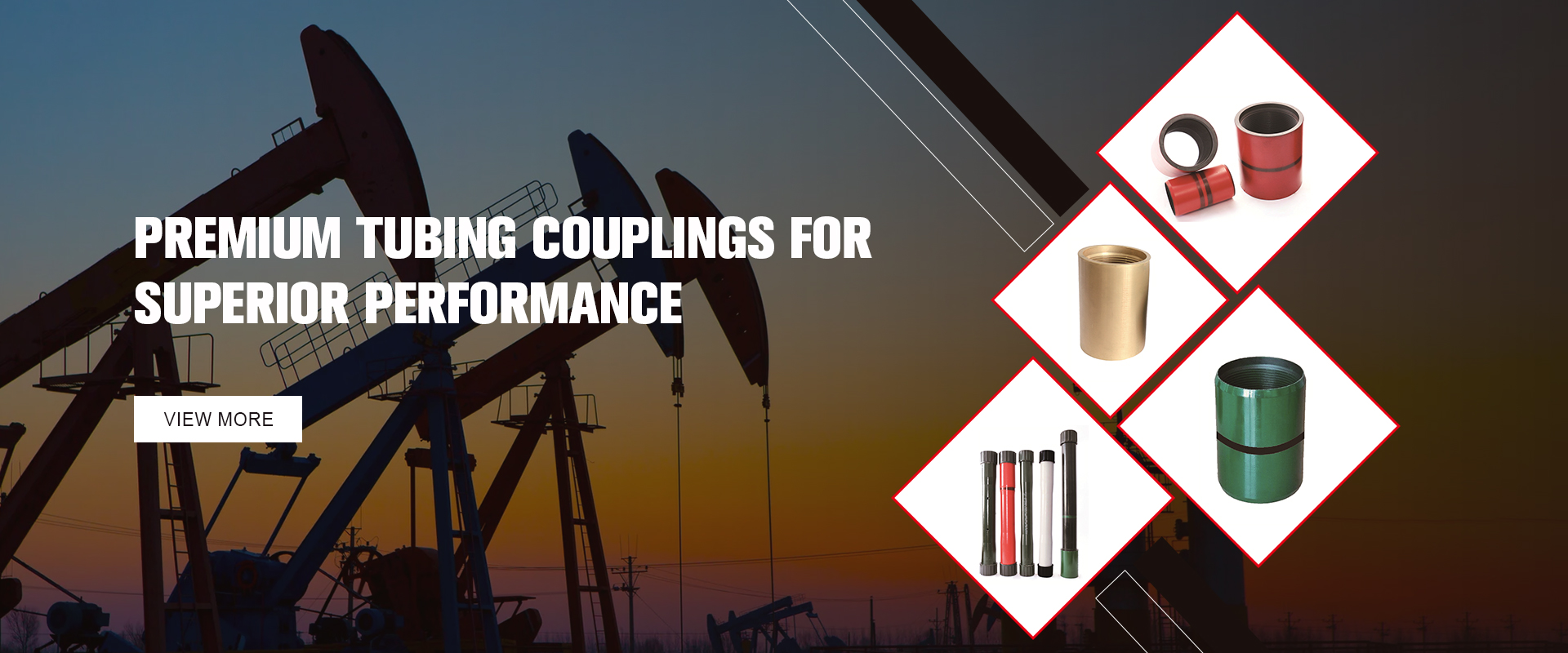- Afrikaans
- Albanian
- Amharic
- Arabic
- Armenian
- Azerbaijani
- Basque
- Belarusian
- Bengali
- Bosnian
- Bulgarian
- Catalan
- Cebuano
- Corsican
- Croatian
- Czech
- Danish
- Dutch
- English
- Esperanto
- Estonian
- Finnish
- French
- Frisian
- Galician
- Georgian
- German
- Greek
- Gujarati
- Haitian Creole
- hausa
- hawaiian
- Hebrew
- Hindi
- Miao
- Hungarian
- Icelandic
- igbo
- Indonesian
- irish
- Italian
- Japanese
- Javanese
- Kannada
- kazakh
- Khmer
- Rwandese
- Korean
- Kurdish
- Kyrgyz
- Lao
- Latin
- Latvian
- Lithuanian
- Luxembourgish
- Macedonian
- Malgashi
- Malay
- Malayalam
- Maltese
- Maori
- Marathi
- Mongolian
- Myanmar
- Nepali
- Norwegian
- Norwegian
- Occitan
- Pashto
- Persian
- Polish
- Portuguese
- Punjabi
- Romanian
- Russian
- Samoan
- Scottish Gaelic
- Serbian
- Sesotho
- Shona
- Sindhi
- Sinhala
- Slovak
- Slovenian
- Somali
- Spanish
- Sundanese
- Swahili
- Swedish
- Tagalog
- Tajik
- Tamil
- Tatar
- Telugu
- Thai
- Turkish
- Turkmen
- Ukrainian
- Urdu
- Uighur
- Uzbek
- Vietnamese
- Welsh
- Bantu
- Yiddish
- Yoruba
- Zulu
Bull Plug Pressure Rating Guidelines and Considerations for Optimal Performance
Understanding Bull Plug Pressure Rating A Comprehensive Guide
In the world of industrial applications, ensuring the integrity and reliability of pressure vessels is paramount. One crucial component in maintaining the safety and functionality of these systems is the bull plug. This article delves into the importance of bull plug pressure rating, its applications, and essential factors to consider when selecting bull plugs for various industrial needs.
What is a Bull Plug?
A bull plug is a type of fitting used to seal the end of a pipe or a threaded opening in a pressure vessel. It is designed to prevent the escape of fluids, be they gases or liquids, and is made from a variety of materials, including steel, brass, and plastic, depending on the application. The bull plug is equipped with a threaded portion that allows it to be securely fastened to the vessel, ensuring a tight seal.
The Importance of Pressure Ratings
Every industrial fitting, including bull plugs, has a designated pressure rating. This rating specifies the maximum pressure that the fitting can safely withstand without the risk of failure. Pressure ratings are crucial because they ensure that the integrity of the system is maintained under various operating conditions. Using a bull plug with an inadequate pressure rating can lead to catastrophic failures, resulting in leaks, spills, or even explosions.
Factors Influencing Bull Plug Pressure Ratings
1. Material Strength The strength of the material from which the bull plug is made directly impacts its pressure rating. Materials such as stainless steel and high-grade alloys can typically handle higher pressures than standard carbon steel or plastic. When selecting a bull plug, it is essential to consider the material in conjunction with the environmental conditions it will face, such as temperature and chemical exposure.
bull plug pressure rating

2. Thread Specification Bull plugs come with different thread specifications, such as National Pipe Thread (NPT) or British Standard Pipe (BSP). The thread type can influence how well the fitting seals under pressure. Ensuring a proper match between the bull plug and the corresponding pipe thread is critical for maintaining pressure integrity.
3. Temperature Ratings Temperature can affect the mechanical properties of materials. Many fittings come with temperature ratings along with pressure ratings. It's vital to ensure that the bull plug's temperature tolerance aligns with the maximum temperatures of the environment in which it will be used, as high temperatures can weaken materials, potentially lowering their pressure ratings.
4. Manufacturing Standards It's essential to consider industry standards and certifications when selecting bull plugs. Organizations such as the American Society of Mechanical Engineers (ASME) and the American National Standards Institute (ANSI) set guidelines for manufacturing pressure fittings. Ensuring that the bull plugs meet these standards will help guarantee their performance and reliability.
Applications of Bull Plugs
Bull plugs are widely used across various industries, including oil and gas, water treatment, food processing, and chemical manufacturing. They are employed in pipelines, pressure vessels, and tanks to prevent leaks during system operation or maintenance.
In the oil and gas industry, for example, bull plugs are often used to cap off unused inlet and outlet ports on pipelines, ensuring that no hydrocarbons escape into the environment. In chemical processing, they are used to seal reactive substances that require maintenance or inspection, reducing the risk of exposure to hazardous materials.
Conclusion
In conclusion, understanding bull plug pressure ratings is essential for anyone involved in industrial applications. By considering factors such as material strength, thread specifications, temperature ratings, and adherence to manufacturing standards, professionals can select the right bull plugs for their needs. Ensuring that the correct pressure rating is maintained is not only a matter of efficiency but also a critical safety concern. By prioritizing the right components in pressure systems, industries can enhance safety, reduce risks, and maintain operational integrity.
-
Tubing Pup Joints: Essential Components for Oil and Gas OperationsNewsJul.10,2025
-
Pup Joints: Essential Components for Reliable Drilling OperationsNewsJul.10,2025
-
Pipe Couplings: Connecting Your World EfficientlyNewsJul.10,2025
-
Mastering Oilfield Operations with Quality Tubing and CasingNewsJul.10,2025
-
High-Quality Casing Couplings for Every NeedNewsJul.10,2025
-
Boost Your Drilling Efficiency with Premium Crossover Tools & Seating NipplesNewsJul.10,2025







